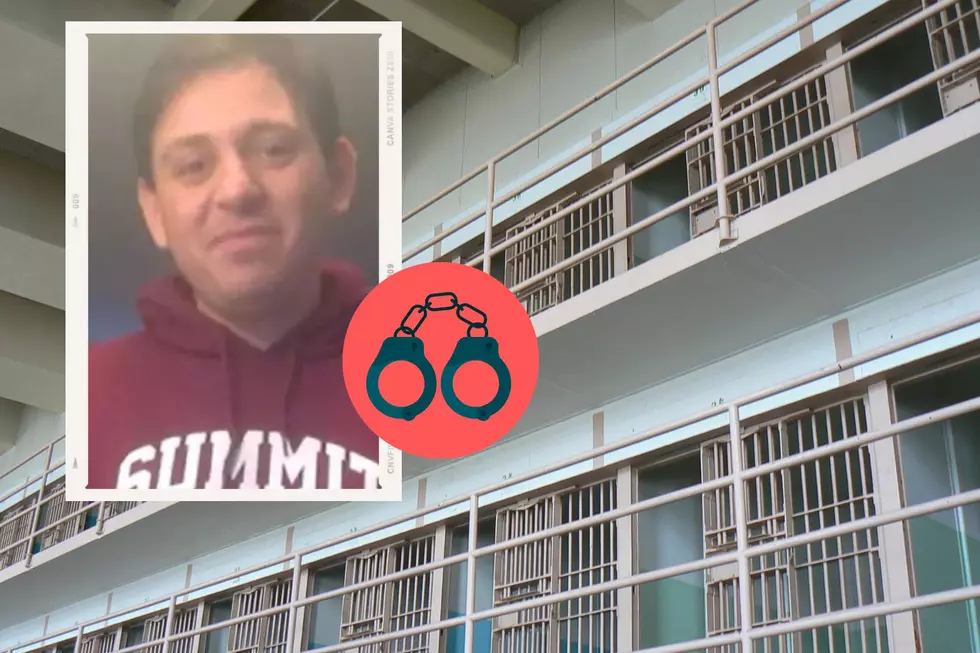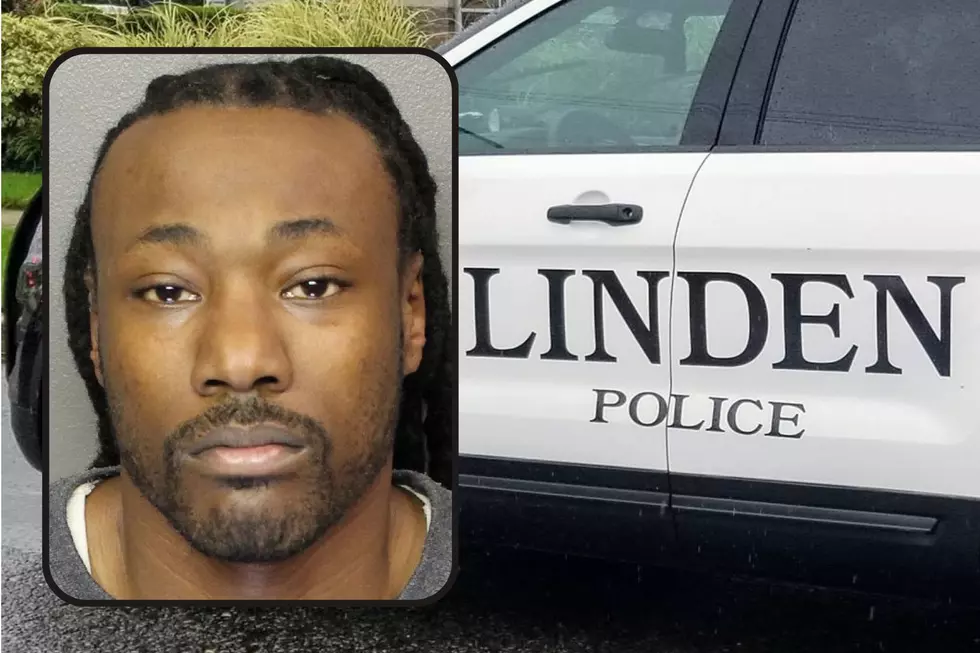![Union County to Begin to Cull Deer – Is a Hunt Necessary? [POLL]](http://townsquare.media/site/385/files/2014/01/deer.jpg?w=980&q=75)
Union County to Begin to Cull Deer – Is a Hunt Necessary? [POLL]
Beginning this coming Wednesday, 6 sites in Union County will be open to deer hunters to begin the process of culling the herd that will end around the beginning of February.
The purpose of the hunt is to diminish the number of deer that have been wrecking havoc on vegetation as well as causing quite a number of car accidents.
It doesn’t take much to see how overabundant the number of deer are. All one has to do is look at the number of deer carcasses on the side of the road – the result of having been hit by cars – and that will tell you all you need to know how these seemingly docile looking creatures pose a menace.
Union County's 3.2-square-mile Watchung Reservation is home to more than 120 deer, according to the county's best estimates.
Twice that many inhabit the Ash Brook Reservation in Clark and Scotch Plains and an average 200 of the animals roam every square mile in Lenape and Nomahegan parks in Cranford and Kenilworth.
With numbers exceeding ecologically recommended levels, the county's annual deer management program begins Wednesday and hunters will be permitted in six areas. The program was slated to begin Monday, but was pushed back because of weather.
The registered hunters will go out on Mondays through Feb. 5. The county hopes to remove about 220 deer.
While the deer population estimates are important gauges and informative to residents, Daniel Bernier said the more significant measure is the impact of the animals on county parks and on daily life in the densely populated county.
"When we're seeing deer laying on the side of the road, along Kenilworth Boulevard or Springfield Avenue, we know we've got too many deer. When we have deer in backyards and gardens everyday, we know we've got too many deer," said Bernier, director of the county Division of Parks Planning and Horticulture.
Overpopulation, said Bernier, threatens the survival of the plant and animal communities that are important to the ecology of these parks. He said ecologists recommend about 20 deer per square mile in a healthy hardwood forest.
This is the first year that the county program will including hunting in the Hawk Rise Sanctuary and the Linden covered municipal landfill, a 181-acre tract on the southeastern corner of the county.
Herds will also culled be in Watchung and Ash Brook reservations, Lenape and Nomahegan parks, and Passaic River Park in Summit.
Hunters are permitted to keep the deer carcass, or it can be donated to the county, which will have the animal butchered and the venison given to the Community FoodBank in Hillside.
Union County's program still draws those who oppose the hunt."We told them it wouldn't work. When they first did this, we said back then, once they started, they will never stop," said Stuart Chaifetz, a New Jersey investigator for Showing Animals Respect and Kindness.
In past years Chaifetz opposed the deer hunts in Union County and other parts of the state, and protested against bear hunts. In 1994, he pleaded guilty to putting glue in locks at the command post in the Watchung Reservation in Mountainside before a deer hunt.
Union County set goals this year of removing 75 deer each from the Watchung Reservation and the Lenape and Nomahegan parks, another 50 from the Ash Brook Reservation, 15 from the Hawk Rise Sanctuary and about 8 from the Passaic River Park.
Keeping the deer population at a manageable level is the overall goal, with the added benefit of providing deer meat to the homeless.
Unless you can come up with a more "humane" way to deal with the problem of deer overpopulation (which you're free to suggest below), would it not be a far better thing to cull the herd so as to allow other wildlife to thrive, provide meat for the homeless, and prevent deer from being hit by cars – than to allow them to continue to overrun the state?
More From New Jersey 101.5 FM









